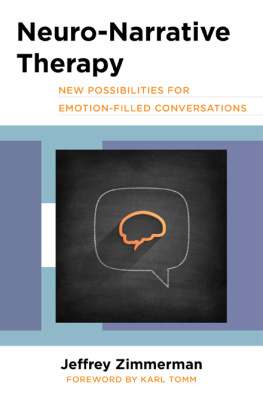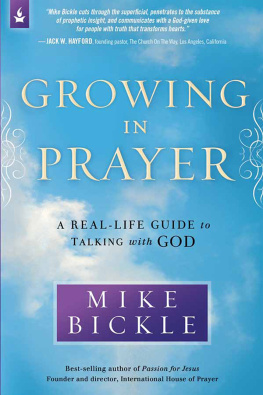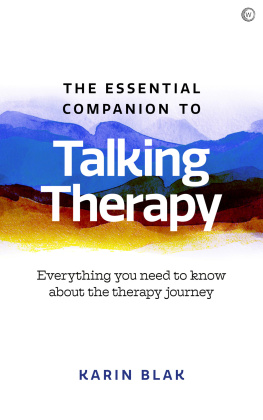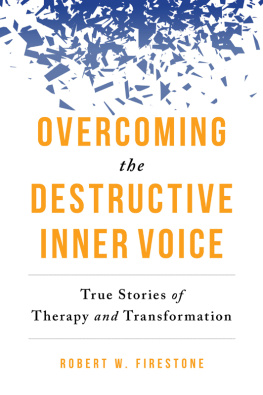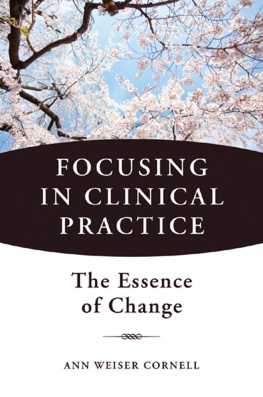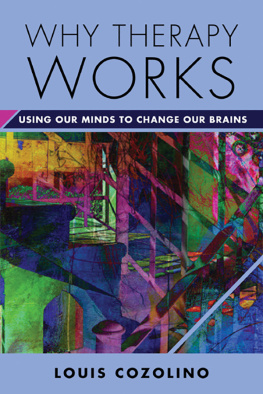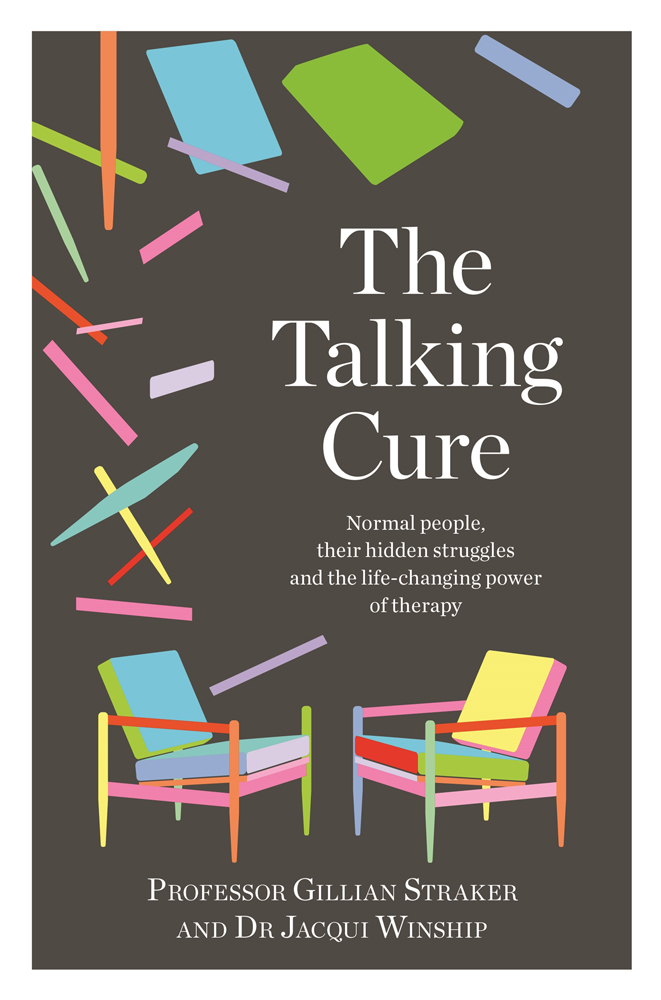About The Talking Cure
Until you make the unconscious conscious, it will direct your life and you will call it fate. Carl Jung
The essence of successful therapy is the relationship between the therapist and the patient, a dance of growing trust and understanding. It is an intimate, messy, often surprising and sometimes confusing business -but when it works, its life-changing.
In The Talking Cure, psychotherapists GillianStraker and Jacqui Winship bring us nine inspiring stories of transformation.
They introduce us to their clients, fictional amalgams of real-life cases, and reveal how the art of talking and listening helps us to understand deep-seated issues that profoundly influence who we are in the world and how we see ourselves in relation to others. We come to understand that the transformative power of the therapeutic relationship can be replicated in our everyday lives by the simple practice of paying attention and being present with those we love.
Whether you have experienced therapy (or are tempted to try it), or you are just intrigued by the possibilities of a little-understood but transformative process, this wise and compassionate book will deepen your sense of what it is to be open to connection - and your appreciation that to be human is to be a little bit mad.
The
Talking
Cure
P ROFESSOR G ILLIAN S TRAKER AND D R J ACQUI W INSHIP

CONTENTS
To our patients, who have taught us most of what we know.
To our families, who have loved and supported us through the writing of this book, and who have tolerated our own brands of everyday madness.
And to Guy Winship, whose protracted illness formed the backdrop to the writing process. Sadly, he never lived to see the book in print but his enthusiasm for the project and his generous selflessness made the writing of it possible.
We are poor indeed if we are only sane.
Donald Winnicott
D.W. Winnicott, Primitive Emotional Development, Psychoanalytic Quarterly 1948, 17 (125126), p.150.
INTRODUCTION
In the iconic TV show The Sopranos, the complex relationship between mob boss Tony Soprano and therapist Dr Jennifer Melfi offered a credible portrayal of the process of psychotherapy for perhaps the first time on television. The trigger for Tonys entry to therapy is a panic attack that occurs at the departure of a group of ducks that, to his delight, had taken up temporary residence in his swimming pool. As Tonys violent character becomes more evident in the series, its clear that the gentler feelings the ducks aroused in him are not feelings with which he usually feels comfortable and that these feelings create conflict for him as he associates them with weakness. Despite his repression of such softer feelings, he is deeply attached to his wife and children, and he fears that his lifestyle endangers them, and might even lead to him losing them. Dr Melfi suggests that he has projected these fears onto the ducks in his swimming pool. It is safer to feel anxiety in relation to the ducks than to allow himself to face his fears of losing his family, as to protect his family he would need to change his lifestyle. Through Tonys relationship with Melfi, and Melfis growing understanding of Tonys inner conflicts, the viewer comes to appreciate how the unconscious mind drives Tonys behaviour in a manner not fully in his control.
Later, Tony similarly fears losing Melfi, but he defends against this anxiety through attempts both to sexualise their relationship and to control the interaction in the therapy room. He also converts his anxiety into anger, frequently storming out of her office. Melfi points out the connection between his fear of vulnerability and his need to sexualise and control. Given the inflexible nature of Tonys antisocial personality, Melfi ultimately decides that the therapy is doomed to fail. Still, through the exploration of Tony and Dr Melfis relationship, The Sopranos offers us a glimpse into the workings of a psychotherapy which attempts to reveal unconscious motivations. It also illustrates how the relationship between the therapist and client is the key to understanding, insight and potential change.
As a form of therapy, a deep exploration of our internal psychic world has fallen out of favour in recent decades. Instead, there has been a movement towards quicker fixes, such as cognitive behavioural therapies. These approaches attempt to harness the rational mind to examine distorted thoughts, then use self-help strategies to effect behavioural change. We are encouraged to challenge our internal irrational thoughts with evidence from the external world, to use positive affirmations to bolster our self-esteem and to monitor our behavioural responses. These are all useful strategies, particularly with less complex issues, but a deeper exploration of our internal worlds remains valuable. We are living in an age that prioritises outward image over inner reflection. Social media has given us the tools to cultivate social profiles that often bear little relation to how we actually feel about ourselves and our lives. This disconnect has led to a widespread intensification of anxiety, depression and everyday stress. The turn away from recognising the importance of inner life has also been driven by an increasing association of psychological struggles with mental health diagnoses, along with their stigmatisation.
But the hunger to know ourselves more deeply has not gone away. The popularity of shows such as The Sopranos and In Treatment, which depicts the fictional Dr Paul Westons engagement with his own and his psychotherapy patients complex struggles, attests to this. The success of bestsellers such as Alain de Bottons The Course of Love (2016), Stephen Groszs The Examined Life (2013), and Irvin D. Yaloms Momma and the Meaning of Life (1999) similarly reflect our human curiosity to know thyself. They speak to a range of deep-seated psychological dynamics which are common to us all, although they may differ in form and intensity from person to person. These dynamics form the bedrock to the everyday madness to which, in varying degrees, we are all subject psychotherapists included. They are usually formed in the crucible of our earliest relationships and they centre largely around intimacy, trust and selfhood.
These underlying issues result in patterns we commonly see in our work with patients, who often appear highly successful in their external lives but, when we delve deeper, are painfully troubled. How and why do these issues manifest? Where do they originate from? How do they emerge in the therapy? How does the relationship between the therapist and patient assist in revealing these issues? And how does this revelation make it possible for the patient to potentially free themselves from problematic and painful patterns and thereby live a life which is freer and less troubled by historical relationships? This book seeks to shed light on these questions, as well as to offer both the solace and the challenge that comes from recognising that all of us are subject to some of the dilemmas that are outlined. We are also all entitled to the freedom that comes from knowing and understanding our inner worlds. Whether we achieve it through psychotherapy or other means of internal exploration, this freedom allows us to engage in more meaningful, more genuine, and more rewarding adult lives and relationships.


